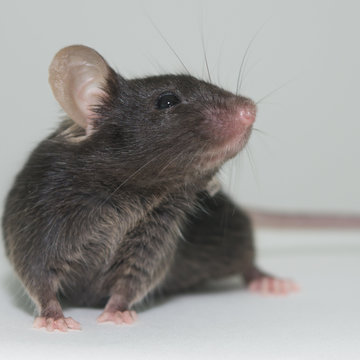About us
Hearing impairment is the most frequent inborn sensory defect. One out of every 500 children is born deaf. A large percentage of the hearing losses are monogenic. As the population is aging, the progressive hearing loss which attacks the majority of the population in old age is becoming an even more serious problem and it has its background in the pathological changes of the genome. In both cases, the mice models are of significant use when studying the genetic principles of the pathological conditions.
Recently, studies have begun on the hearing changes in some strains of laboratory rats. The defects are mostly related to the inner ear and are easily detectable by the examination of auditory stem potentials (ABR). But it is also possible to perform the screening with the help of the shock-induced reaction behavior (Startle Reflex) and its modification (PPI – Prepulse Inhibition) and to complete the examination with the observation of otoacoustic emission (DPOAE – distortion product oto-acoustic emissions) that inform about the function of receptor hair cells in the inner ear. For more detailed examination, confocal and electron microscopy, immunocytochemistry and other approaches are necessary.
In cooperation with the Transgenic and Archival Module of the Czech Centre for Phenogenomics (CCP), it will be possible to create targeted deletions of mouse mutants for certain genes suspected to play a role in inherited hearing loss and hearing impairment during the organism‘s aging. In case of suspected hearing loss in mice passing through the phenotypization in the mouse clinic, it will be possible to complete the „classic“ examinations (ABR, DPOAE, startle) even with the detailed morphological and histochemical studies.


